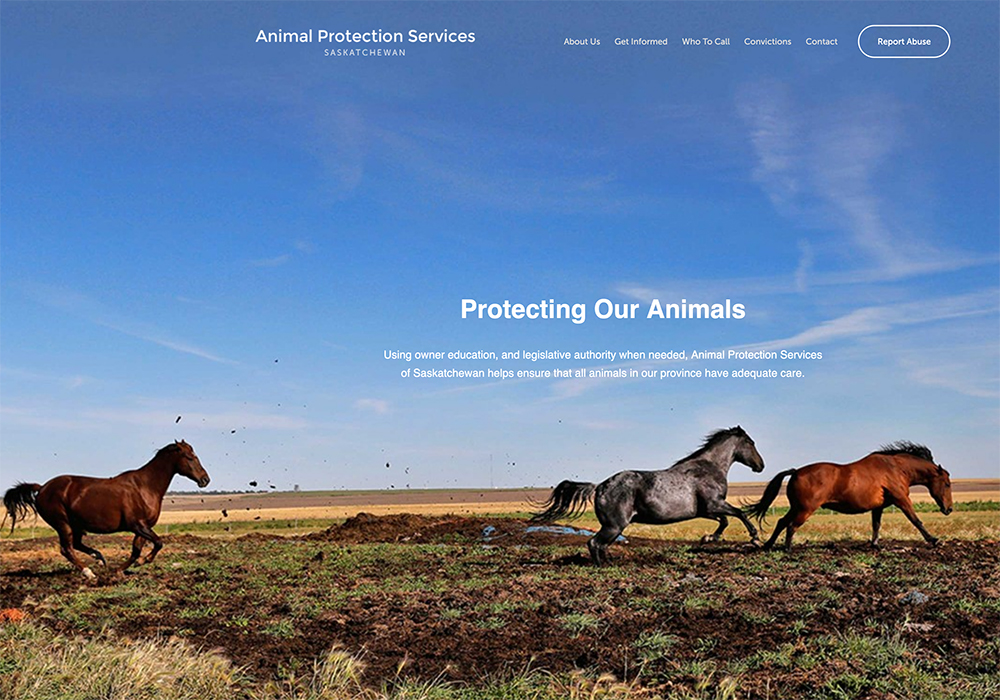Animal Protection Services of Saskatchewan has seized hundreds of cattle recently, leading some to question whether the agency has too much authority.
After a seizure near Buchanan and then another last week near Hubbard, several people contacted The Western Producer with concerns about how APSS works.
Each time a seizure is made public, other producers, as well as those who have had animals taken, say APSS has too much power and doesn’t allow enough time for corrective orders to be implemented.
But executive director Don Ferguson said the province’s legislation is clear and has been upheld by the courts.
Read Also

Why feds imposed EV tariffs
Moe and Kinew have a fight on their hands when it comes to eliminating the EV tariff. Canada has to worry about pissing off the U.S. and Mexico and hundreds of thousands of auto workers.
“The decision to issue a corrective action order or remove animals is never taken lightly,” he said. “But our first priority is always the animals and relieving their distress.”
After a seizure near Lampman during the winter of 2019, the producers took APSS to court alleging improper search and seizure.
Queen’s Bench justice J.D. Kalmakoff ruled in favour of APSS, noting the legislation clearly sets out that animal protection officers may act if they have “reasonable grounds to believe” that animals may be in distress.
The definition of distress is broad.
It includes animals that are deprived of food or water sufficient to maintain good health, care, shelter, and medical attention or veterinary care.
Animals are deemed in distress if they need protection from injurious heat or cold, are wounded, ill, in pain, suffering, abused or neglected.
They are also in distress if kept in conditions that are unsanitary, will impair their health or wellbeing over time, cause the animal extreme anxiety or suffering, or contravene the prescribed standards, codes of practice or guidelines for particular livestock.
Finally, an animal is considered in distress if its owner or the person responsible for its care abandons it in a way that causes distress.
Section 13(3) authorizes animal protection officers to take the following action if an owner doesn’t relieve or prevent distress:
- Take custody of the animal.
- Arrange for transportation, food, water, care, shelter and veterinary care or medical attention for the animal.
- Deliver the animal into the custody of an animal protection agency or a caretaker.
The officers can also order the person responsible for the animal, if that person is present or can be found immediately, to take necessary corrective action.
“When attending properties with a search warrant APSS almost always takes a registered veterinarian with the Saskatchewan Veterinary Medical Association to assist with the assessment of the animals and conditions on the property,” Ferguson said.
Owners can appeal, and may get their animals back if they pay the costs of the seizure within five business days.
Ferguson also noted it doesn’t matter how many animals are involved.
This week, Ron and Arla Delver are in court after four dead horses were found on their rural Saskatoon property last year.
As well, Chad Mokelky was in an Estevan court room July 13 in the Lampman case. Warren Russell, charged after hundreds of cattle were seized from his Stoughton property in 2019, is in Weyburn provincial court July 28.
















